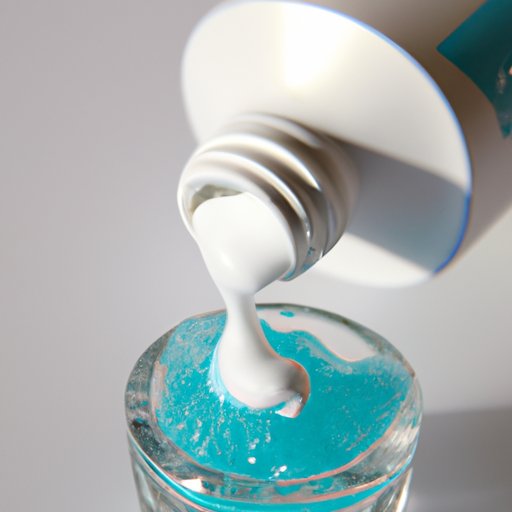Introduction
Toothpaste is an essential part of everybody’s daily oral hygiene routine. But what exactly is it that makes toothpaste so effective? How does it work to keep our teeth clean, healthy, and free from cavities? This article will explore the chemical makeup of toothpaste, how it fights bacteria and cavities, the benefits of fluoride, various forms of toothpaste, and the mechanics of brushing with toothpaste.
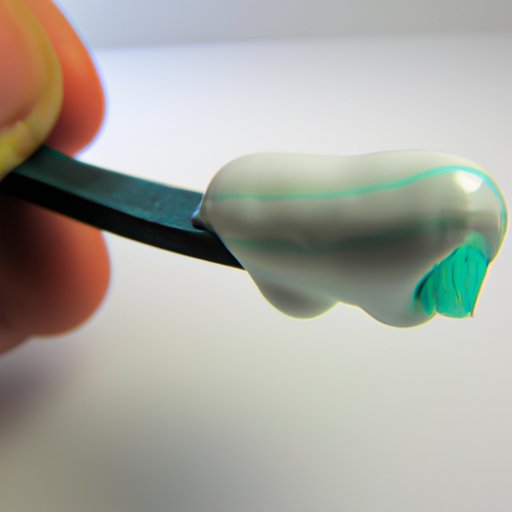
Exploring the Chemical Makeup of Toothpaste
Toothpaste typically contains a combination of active ingredients and inactive ingredients. The active ingredients are the ones that do the work of cleaning and protecting your teeth, while the inactive ingredients are there to improve the texture, taste, and stability of the product. Some common active ingredients found in toothpaste include:
- Fluoride – helps protect teeth against decay
- Antibacterial agents – help fight plaque and gingivitis
- Abrasives – help remove surface stains and debris
- Humectants – help keep the toothpaste from drying out
These ingredients work together to form a powerful cleaning agent that can remove plaque, fight bacteria, and protect your teeth from cavities. Each ingredient has its own unique properties that contribute to the overall effectiveness of the toothpaste.
How Toothpaste Fights Bacteria and Cavities
The main way that toothpaste fights bacteria and cavities is through the use of fluoride. Fluoride is a mineral that helps strengthen the enamel on your teeth, making it more resistant to acid attacks that can cause cavities. When you brush your teeth with toothpaste that contains fluoride, the fluoride helps to create a protective barrier on the enamel that prevents acids from attacking it and causing cavities.
In addition to fluoride, some toothpastes also contain antibacterial agents such as triclosan or zinc citrate. These agents help to reduce the amount of bacteria in your mouth, which can help prevent plaque buildup and gingivitis. By reducing the amount of bacteria in your mouth, you can help prevent cavities and other dental problems.
The Benefits of Fluoride in Toothpaste
Fluoride is one of the most important active ingredients in toothpaste for fighting cavities. It helps to make the enamel on your teeth more resistant to acid attacks that can cause cavities. Fluoride also helps to remineralize the enamel, which can help repair small areas of damage that may have already been caused by acid attacks.
There are several different types of fluoride found in toothpaste. The most common type is sodium fluoride, but there are also other forms such as stannous fluoride and amine fluoride. Each type of fluoride has its own unique benefits, so it’s important to choose a toothpaste that contains the right type of fluoride for your needs.
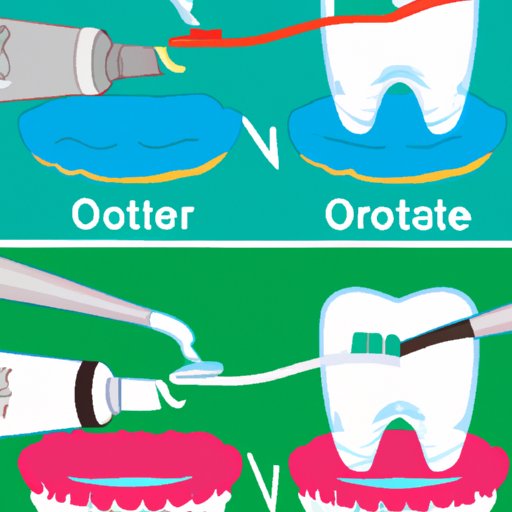
How Different Types of Toothpaste Work
Not all toothpastes are created equal. Different types of toothpaste have different active ingredients and work in different ways. For example, whitening toothpastes usually contain peroxide or other bleaching agents that help to remove surface stains from your teeth. Sensitive toothpastes contain special ingredients that help to reduce sensitivity in your teeth. And natural toothpastes contain natural ingredients like baking soda that can help to gently clean your teeth.
The Role of Natural Ingredients in Toothpaste
In addition to the active ingredients in toothpaste, many toothpastes also contain natural ingredients that can help to improve your oral health. Natural ingredients like baking soda, sea salt, and essential oils can help to gently clean your teeth and freshen your breath. They can also help to reduce inflammation in your gums and provide relief from sensitive teeth.
Natural ingredients can also be beneficial for people who have allergies or sensitivities to certain chemicals. By using natural toothpastes, you can avoid any potential allergic reactions and still get the same cleaning power as traditional toothpastes.
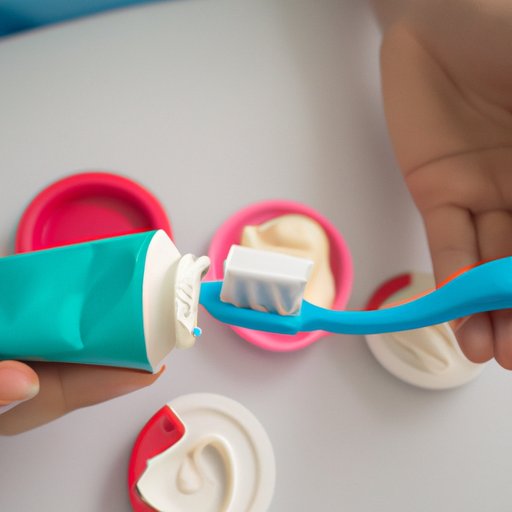
Examining the Different Forms of Toothpaste
Toothpaste comes in a variety of forms, from traditional pastes to gels, liquids, and powders. Traditional toothpastes are the most common form and usually come in a tube or pump bottle. Gel toothpastes are a bit thicker than traditional pastes and tend to be more flavorful. Liquid toothpastes are thinner than gels and offer a more refreshing feeling when used. Powdered toothpastes are made up of fine particles that dissolve quickly in water, making them easier to use if you don’t have access to a sink.
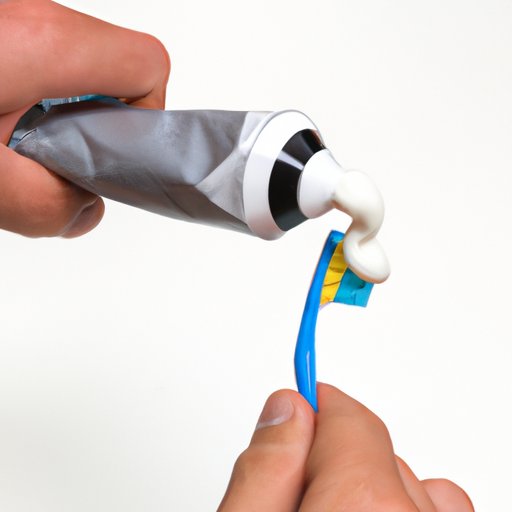
Understanding the Mechanics of Brushing with Toothpaste
Brushing your teeth correctly is just as important as using the right toothpaste. To get the most out of your toothpaste, it’s important to brush your teeth for two minutes twice a day. Use a soft-bristled toothbrush and start by brushing the outer surfaces of your teeth, then move to the inner surfaces, and finally brush your tongue. Be sure to reach every corner of your mouth and rinse your mouth with water after you’re done brushing.
It’s also important to choose the right amount of toothpaste. Most toothpastes recommend using a pea-sized amount for adults and a smaller amount for children. Too much toothpaste can actually be harmful, since it can cause too much fluoride to be absorbed into your body. So be sure to use the right amount of toothpaste each time you brush.
Conclusion
Toothpaste is an essential part of keeping your teeth clean and healthy. This article has explored the complex chemical makeup of toothpaste and how it works to fight bacteria and cavities. We’ve also discussed the benefits of fluoride, different types of toothpaste, and the mechanics of brushing with toothpaste. Remember to always use the right amount of toothpaste and brush your teeth for two minutes twice a day for optimal results.
(Note: Is this article not meeting your expectations? Do you have knowledge or insights to share? Unlock new opportunities and expand your reach by joining our authors team. Click Registration to join us and share your expertise with our readers.)
